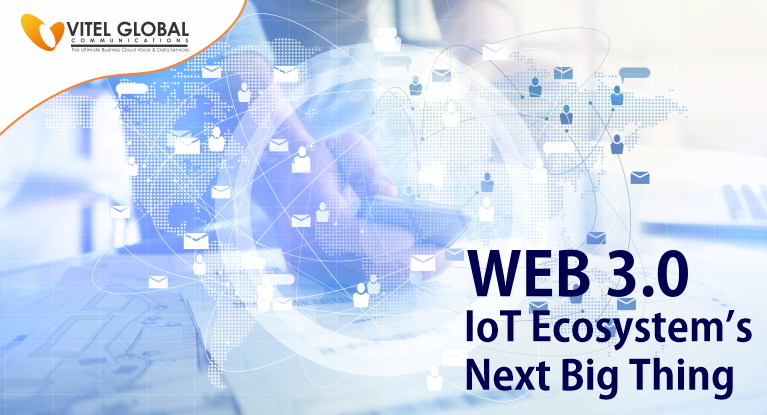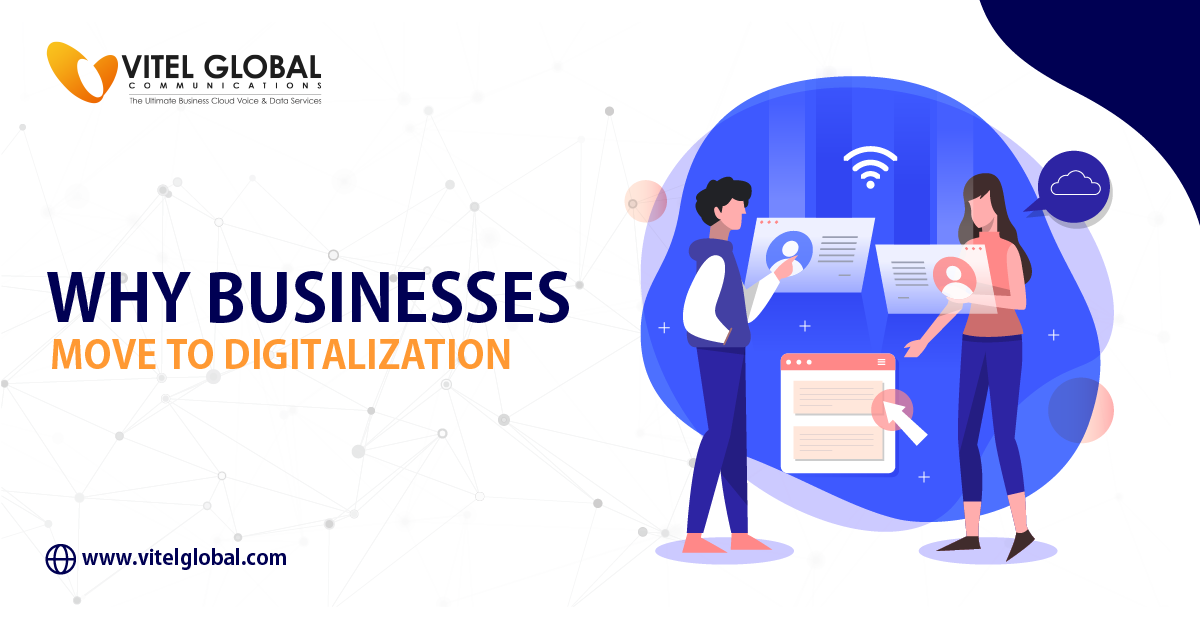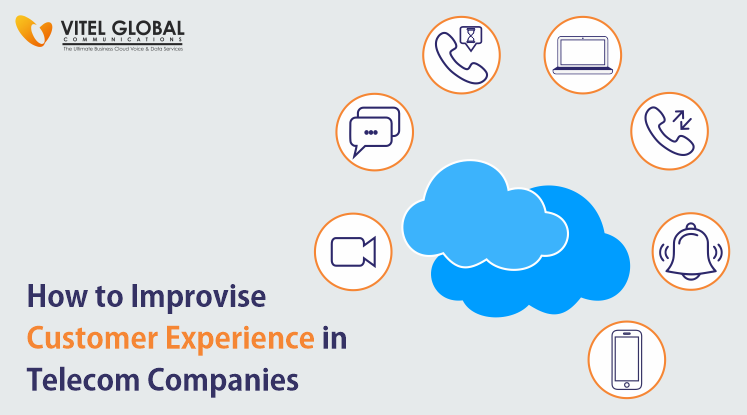IoT Ecosystem’s Next Big Thing – Web 3.0

4 min read
Web 3.0 is an upcoming change in the entire browsing facility. Exploring the web is a major thing for every educated individual these days. For the students, researchers, working employees, and other subject matter experts.
We all use the internet to get knowledge and work on projects based on the search results shown by the search engines. There are also times when the search engines recommend the relevant content based on the interest and this will be targeted to the person who is interested in searching with similar keywords.
Exploration of the web is predominant since the inception of Web 1.0 and has changed based on the user input data. Web 2.0 has come up with more advanced features. Now the ecosystem in the World Wide Web is most innovative and engaging. It is currently working on Web 2.0.
What is The Noticeable Change?
Web 1.0 is like a basic template which is a single-page data, and it is read-only data that is not engaging, clumsy, and without any innovative graphics. It is a standard template like a simple Wikipedia page and has poor interaction with visitors. Whereas Web 2.0 is a much-needed updated version of the previous version.
With the introduction of 2.0, the user interface of the websites has changed entirely and what we are using currently is on this interface. Industries and organizations have to come up with a clear understanding of this web 2.0.
Baseline Requirements Which Are Mostly Need
Designing of websites and pages based on JavaScript, Html and CSS has come into more demand, with the competition among the huge businesses, the need for a complete change was inevitable. Because of this change, we are now able to see websites designed beautifully with various coding across multiple languages. Change is noticeable here when we compare the pages on the internet with the oldest version of the web interface.
With the usage of Web 2.0, the users have come up with various bugs and issues and in terms of security-wise, some things were not able to resolve and the user has to forcibly accept that terms and conditions. This is also awkward to us as we have also experienced a similar thing while operating our mobile devices or personal computers.
Whenever we visit a website, there will be a policy of accepting the cookies and also few sites require our location details to be accessed.
If we are not comfortable accepting it again the issues will arise. There may be chances of we getting kicked out of that website, and we are not provided with the data. Which we are fetching for on it and then in some cases. There will be chances of not storing the data on the site and which require a login every time we try to access the site for any information.
Web 3.0 Improves Data Security
Every online user is concerned about the data while surfing online. Most of the users will switch to incognito mode while trying to stay safe from malicious worms and bugs.
But, this isn’t the permanent solution too, there are many chances of data-stealing due to the cookie policy and user data agreements.
With these kinds of problems still existing in the digital space, users have to keep on worrying about data security.
The search queries made on the search engines will share the data with third-party organizations for better search result outcomes.
In this process, the relevant information in the form of advertisements will be shown to the same user on the IP address which he has searched for the information.
This makes the user panic about how his/her thoughts or search queries are going to be tracked by advertising agencies from different businesses.
With the evolution of Web 3.0, this third-party data sharing is restricted. Hence the user will have full control over his online search queries and personal information privacy.
If we consider this particular data-stealing as a threat to the user data. This gap can be filled with Web 3.0 since it is going to be the most secure one when compared to the previous two.
Benefits of Web 3.0
Any innovative technology which has been introduced in the digital space has its benefits as well as a few drawbacks.
Likewise, Web 3.0 has its benefits and drawbacks, let us look at the benefits first since we are going to meet the interface soon.
The user will get accurate results based on the input of the query! Web 2.0 has already achieved a level where the users need no to be perfect while searching for any answer. So we can hope for the best with 3.0 as there will be much better changes we can expect from the newest interface.
The third generation of internet services is going to be working based on blockchain technology, decentralization, Artificial Intelligence, and Machine Learning.
The semantic web concentrates on the exact meaning of the data. Thereby the results will be much more accurate related to the search queries. Graphics are going to meet the next level with 3D – the interaction with these graphics can create a better engagement with the visitors.
There will be no authorities or government organizations will be involved while requesting particular information to increase knowledge. This enhances the overall learning and research process.
The interaction between the user and the content in Web3 is going to be incredible. A user can interact with the content in real-time with the help of AI and can make a conversation just like humans. This is what we call digital perfection.
Limitations of Web 3.0
We have discussed the benefits and here are the limitations or disadvantages of Web 3.0. Blockchain technology and advanced AI cannot be run easily on lower-end devices. To execute these programs on a high level. The user has to switch to devices with powerful features which can be able to handle the speed of the web3.
A user has to be aware of the usage of the Internet, for beginners. It will be much more difficult to learn from scratch to be habituated to the interface.
Whatever you share the information online, that is vulnerable to getting exposed to the public! Anyone with an internet connection can get access to the same data.
Websites will need to upgrade as per the Web3 modules to stay in the competition. This will increase the investment in the maintenance of the websites.
Conclusion
Based on the user experience and the data research that needs to be done from the user’s perspective. Web 3.0 is going to change the way how we browse for information.
With its benefits and limitations slowly, there will be the implementation of the latest technology globally. And that is going to impact the data fetch in a much better way. Share your valuable thoughts on Web3 in the comments section below so we can engage constructively.
Unlock the Future of IoT
Explore the exciting possibilities of Web 3.0 and its potential to transform the IoT ecosystem.
Published: July 15th, 2022
Subscribe to Our Latest Updates
Get monthly product and feature updates, the latest industry news, and more!





